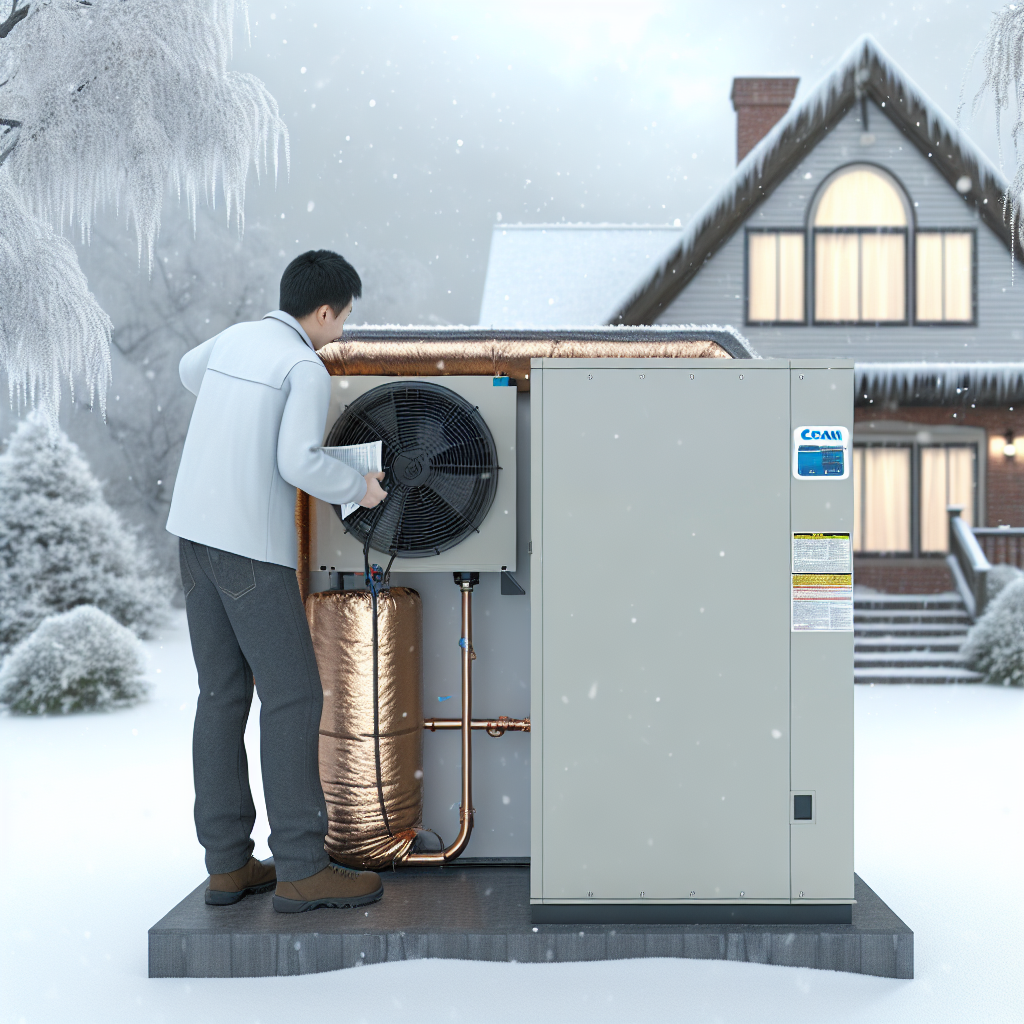Published: Jan 22, 2025

As the temperatures drop and winter approaches, it’s essential to prepare your HVAC system for the cold weather ahead. Proper winterization not only ensures your system runs efficiently but also helps prevent any potential breakdowns during the chilly months. In this guide, we'll walk you through some key steps to winterize your HVAC system effectively.
One of the simplest yet most critical steps in winterizing your HVAC system is changing the air filters. Clogged filters can restrict airflow, making your system work harder and less efficiently. Replace your filters regularly to keep your system running smoothly and improve indoor air quality.
Inspect your ductwork for any leaks or gaps that could lead to heat loss. Sealing these areas with duct tape or mastic can help improve the efficiency of your HVAC system and prevent energy wastage. Properly sealed ducts can also ensure consistent heating throughout your home.
It's a good idea to schedule a professional HVAC maintenance visit before the winter sets in. An HVAC technician can inspect your system, clean components, and identify any potential issues that need addressing. Routine maintenance can prolong the life of your system and save you from costly repairs down the line.
Proper insulation is key to maintaining a comfortable temperature indoors and easing the workload on your HVAC system. Insulate your walls, attic, and crawl spaces to prevent heat loss and keep the warmth inside. Well-insulated homes are more energy-efficient and can lead to lower heating bills.
Consider investing in a programmable thermostat if you don’t have one already. Programming your thermostat to lower the temperature when you're away or asleep can help save on energy costs. Set it to a comfortable temperature when you're home to ensure a cozy environment without unnecessary energy consumption.
If your HVAC system has an outdoor unit, it's essential to protect it from the harsh winter elements. Clear any debris, leaves, or snow around the unit to ensure proper airflow. Consider covering the unit with a breathable cover to shield it from ice and snow while still allowing ventilation.
Inspect windows and doors for drafts that could let cold air in and warm air out. Use weather stripping or caulking to seal any gaps and prevent heat loss. Eliminating drafts not only improves the comfort of your home but also reduces the strain on your HVAC system.
Dry indoor air can not only affect your comfort but also impact the efficiency of your HVAC system. Use a humidifier to maintain optimal humidity levels, typically between 30-50%. Proper humidity levels can help you feel warmer at lower temperatures, allowing you to set your thermostat lower and save on heating costs.
In case of a power outage during winter, having a backup plan can be crucial to ensure your comfort and safety. Consider investing in a generator to power essential HVAC components like the blower fan or an alternative heating source to keep your home warm until the power is restored.
Winterizing your HVAC system is a smart way to ensure your home stays warm and comfortable during the cold season. By following these steps, you can improve the efficiency of your system, lower energy costs, and reduce the risk of unexpected breakdowns when you need your heating the most. Stay proactive and give your HVAC system the care it deserves to keep you cozy all winter long.
**

Our expert technicians are ready to assist you 24/7!
Contact Us Today!Read our latest articles for helpful information about heating, cooling, and air quality.
Regular HVAC maintenance is essential for improving energy efficiency, extending the lifespan of your system, enhancing...
Read MoreImplement these 10 tips to enhance the air quality in your home, promoting a healthier living environment for you and y...
Read MoreRegular seasonal HVAC maintenance is essential for maximizing system efficiency, ensuring indoor air quality, preventing...
Read MoreSmart thermostats offer energy savings, convenience, learning capabilities, and integration with smart home systems, mak...
Read More